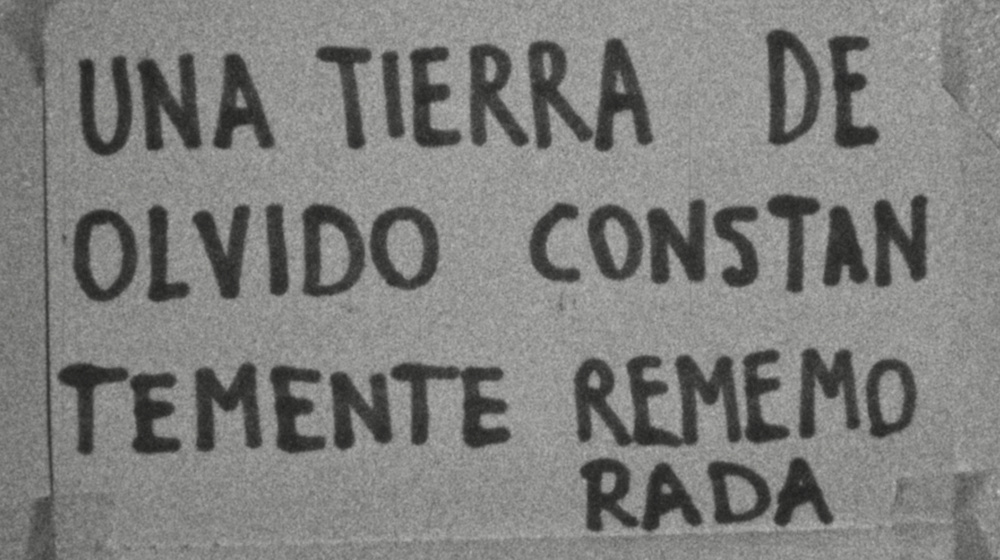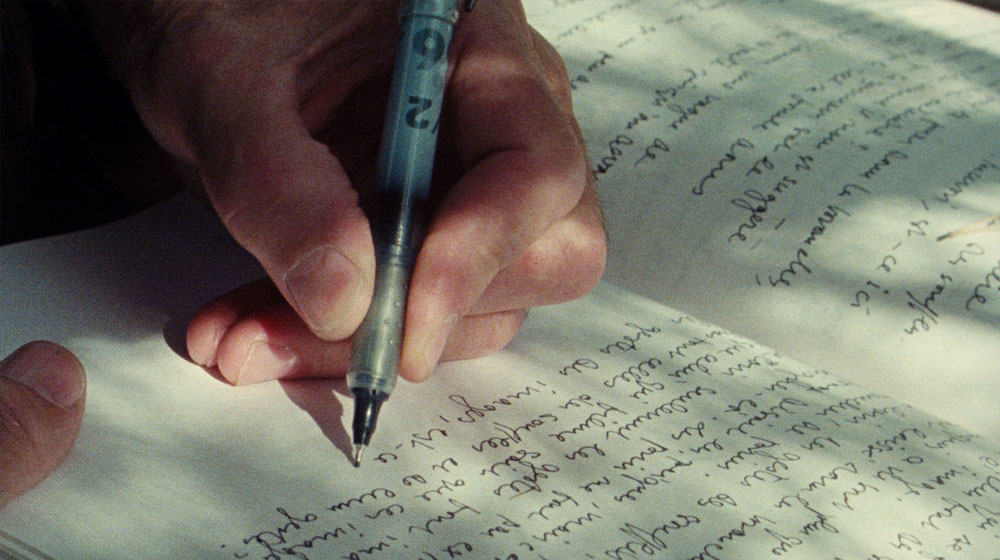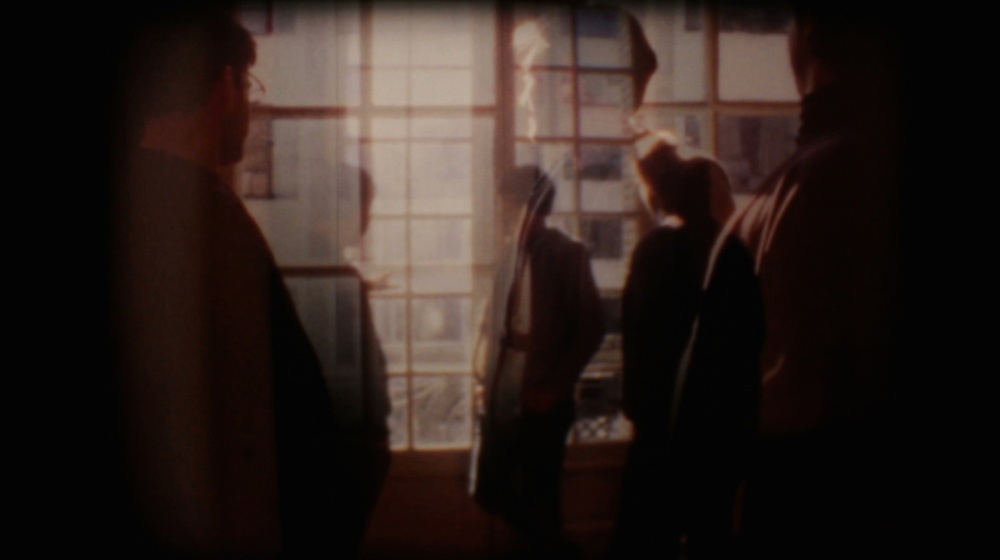I. Avant-garde cinema has existed in Argentina since the 1930s. So, first and foremost, examining the country’s experimental filmmaking (its comings and goings, its twists and turns, its brilliant successes and resounding failures) means treading on ground that’s unstable and varied because its roots go back almost a hundred years. With a bit of balance, however, it doesn’t take long to realise that Argentine experimental cinema has an episodic history that’s relatively smooth (but not flat), albeit dominated by two great peaks of creativity that stand out not only for being prolific but especially because of the sensation of a community of artists interacting with each other. The first of these seminal moments occurred during the 1970s (overflowing into the 60s and 80s, both within and outside the bloodiest military dictatorships in our history) while the second can be placed from the mid-2000s up to the present (another period that has also seen social upheaval). The most recognisable names and widespread films in Argentine experimental cinema come from these two periods.
Apart from these moments, and mirroring many parts of the world without any systematic communion between film and personal artistic exploration, local experimentalism was driven by a handful of isolated filmmakers who created their work mostly on their own, in many cases unaware of what their contemporaries were doing. Some of these “squalid chapters” revolve around a photographer trained in the Bauhaus movement in the 1930s (Horacio Coppola), a few animators following in the wake of Norman McLaren in the 50s and 60s, and artists who became occasional filmmakers here and there, immortalised by Silvestre Byrón when he said “From 1965 to 1975. Between the Di Tella [Institute] and the Centro de Arte y Comunicación [Centre for Art and Communication]. From Romero Brest to Jorge Glusberg. Underground cinema was formed between these axes. Intuitively, based on the gut feelings of plastic artists, poets, actors and dancers with a desire to ‘do things’”. It should be noted that this tradition is even more irregular because of what has yet to be exhumed (something the history of cinema has taught us to hope for, especially in latitudes where support for this kind of art is still conspicuous by its absence).
II. “These visual experiments carried out with Super 8 or 16mm cameras, grouped under the name of cine experimental, cine under, cine expandido or whatever, seemed to take cinema away from life, or rather take cinema away from being an effective means of imitating life. On the contrary, they sought to fragment the concept of time, to hurt light instead of being hurt by it, to shake up space until it suffocated in its baseless trap of coordinates. Behind this attack on reason lurked the numen or spiritual force: a little square of celluloid, created in an instant and yet eternal, which we would hold up, between our thumb and forefinger, against the glare of an electric bulb, in order to examine the exact place of incision. (...) Nor did we try to copy the films we saw. That was left to the directors, those who’d made cinema their profession. The rule of the game was to set up a kind of dialectic relationship with the filmed object and more specifically with its raw material: light. With light and also with time. I use the plural because, without knowing it at the time, other inquisitive eyes were also engrossed in the lenses of their cameras, trying to create fictions inspired by an expanded vision of the world. Something united us. Whether we knew it or not, we suspected there was a latent seismic movement, a flow of invisible energy inside each object. A movement of fluids that no eye, accustomed only to seeing, could discern. But which could be filmed.” –Jorge Honik, “Sobre cine y representación”, 2013.
III. This examination of the path possibly taken by Argentine experimental cinema, a corpus of films that are certainly not entirely unknown on this side of the Atlantic, is relevant in the light of Xcèntric’s mission to look beyond the canon and extend the field of play to the rest of the world. A mission that’s increasingly necessary (or is it a call to action?), put into words by María Palacios Cruz in her article “Whose Canon?”, when she states that “Choices are not interest-free. Canons support the interests of a group who fears for the loss of its hegemony – but what happens to those outside a particular hegemonic culture?”. As a clear example of something that’s outside a hegemonic culture, at least in geographical terms, through its regional exploration of global phenomena Argentine experimental film provides new approaches to artistic strategies and the chance, however brief, to destabilise the map of “essential filmmakers and films” taught and learned by heart.
But this opportunity to question the canon also gives us the chance to continue questioning practices that have perhaps become too well-established. Just for the sake of paradox, I wonder whether it makes sense to group together a series of films by their country of production. Are there social, cultural or ideological qualities implicit in the vision of the inhabitants of a specific place, or better still in the light of a place, that warrant studying their films as part of the same phenomenon? What guarantees does the nationality of the filmmakers provide? And on the other side of the equation, as a programmer and as part of the audience, is such a practice necessary today, when the distances separating one place from the rest of the world are no longer understood in geographical terms but rather technological (such as internet bandwidth)? One of the most conflictive aspects of programming a series of films from different periods and realities under a national criterion, apart from the fact that one might feel like a naturalist (at best) or a hunter exhibiting the best catches from their most recent safari (at worst), is the danger of representativeness. In other words, there’s a risk of presenting the first world with a view of the third world that’s too reductionist and reassuring, too easy to consume.
Thinking beyond Argentina, Jesse Lerner and Luciano Piazza (responsible for the project Ismo Ismo Ismo) recently wrote the following about Latin American cinema: “The international tendency to see this region as a unified entity (...) means that we must resist the temptation to expect that every film and every aesthetic position fulfils its ‘Latin Americanity’”. This sentence, piercingly evident, deserves to be quoted to conclude these notes because it still holds true today. Its relevance forces us to continue questioning the concept of a canon, both inside and outside nations and also from within all possible bodies, until there are no more temptations to resist.
Pablo Marín, Buenos Aires, 2021.





